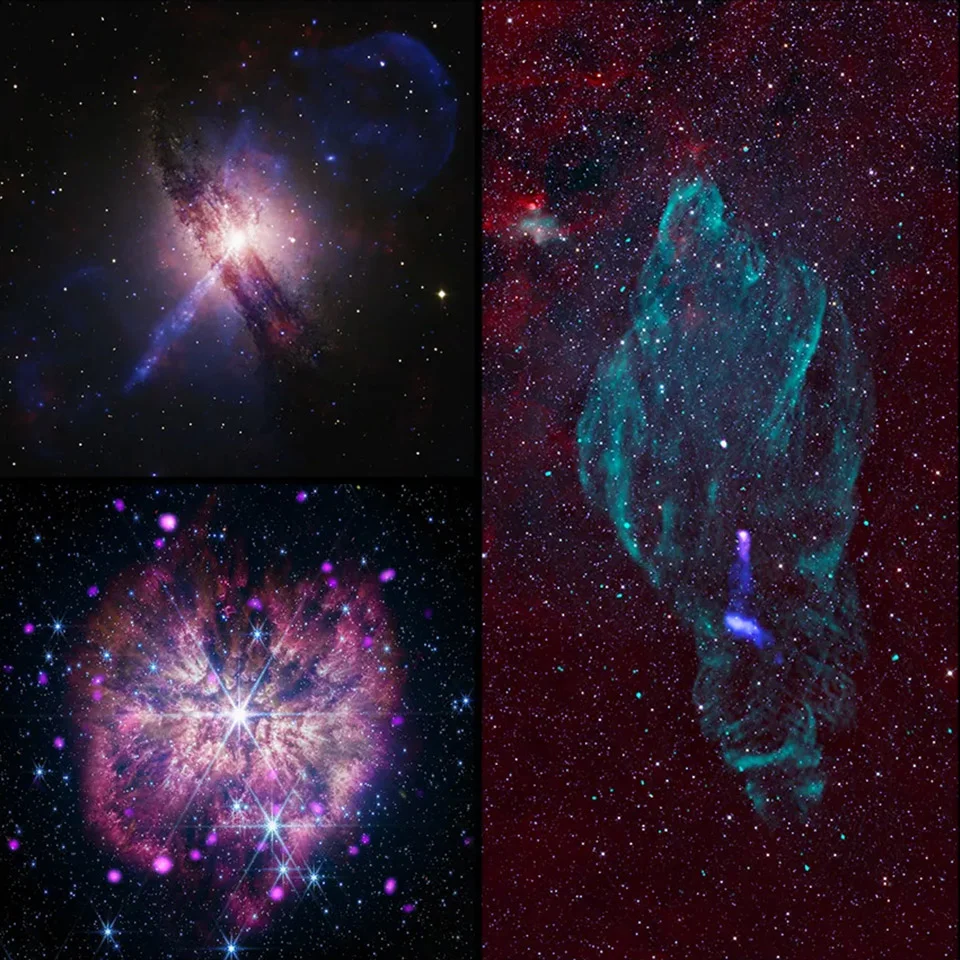
NASA Transforms Black Hole Data into Haunting Cosmic Soundscapes: Hear the Screams of Dying Stars
Imagine hearing the universe sing. NASA has done just that, transforming data from its space telescopes into eerie, yet captivating, cosmic soundscapes. Using information gathered from the Chandra X-ray Observatory, James Webb Space Telescope, and Imaging X-ray Polarimetry Explorer (IXPE), scientists have sonified the activity surrounding black holes, allowing us to "hear" the cosmos in a new and profoundly unsettling way.
These aren't just random noises; they are meticulously crafted auditory representations, assigning musical notes to various data points to create a symphony of the universe. The result is a trio of sonic explorations focusing on different aspects of black holes and their evolution.

The first "movement," as NASA calls it, captures the potential birth of a black hole. It centers on WR 124, a Wolf-Rayet star—an extremely bright, short-lived massive star located approximately 28,000 light-years from Earth—violently shedding its outer layers. This process, as WR 124 nears the end of its life, could lead to a supernova explosion and the subsequent formation of a black hole. The sonification here begins with a chilling, descending scream-like sound emanating from the star’s hot core. As the glowing stellar material expands outward, instruments like flutes, bells, harps, and strings are introduced, highlighting the nebula's turbulent and transformative state. This is the sound of a star teetering on the brink of oblivion.
The second sonification explores SS 433, a binary star system located 18,000 light-years away. This system comprises a sun-like star orbiting a heavier companion, either a neutron star or a black hole. The fluctuating X-ray emissions are translated into varying pitches and instruments. Chime-like water drop sounds represent bright background stars, while plucked notes signify the location of this cosmic duet amidst a massive cloud of interstellar dust and gas. It’s a dance of cosmic proportions, rendered in sound.

The final movement focuses on Centaurus A, a galaxy 12 million light-years away, featuring a supermassive black hole at its center unleashing a powerful jet across the galaxy. X-ray emissions become wind chime and breeze-like sounds, while visible light data transforms into string instrument tones, capturing the galaxy's stars and structure in a sweeping, musical finale.
The project, led by the Chandra X-ray Center (CXC), aims to provide a new way to experience and understand the universe. Each sonification video features composite images visualizing data collected by NASA telescopes. A line sweeps through the image, translating each visual element into sound according to parameters established by the team.
This ambitious project offers a unique perspective on the dark heart of the cosmos. By transforming complex data into something we can hear, NASA is bringing the universe closer to us, one haunting note at a time.
What do you think of this cosmic symphony? Share your thoughts and reactions in the comments below! How does hearing the universe change your perspective on space?